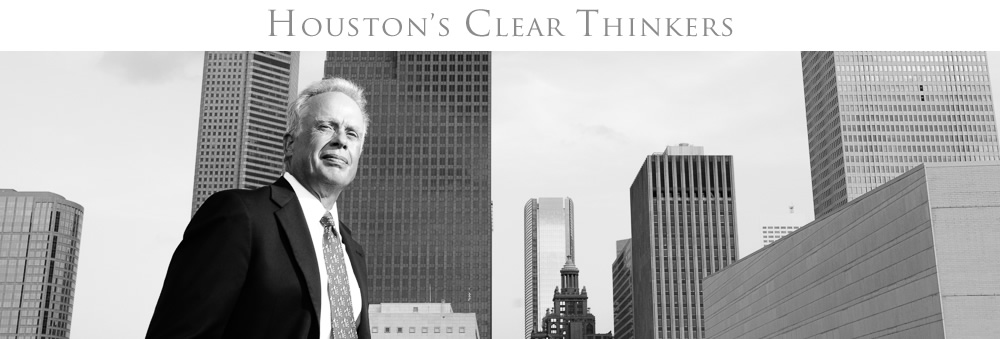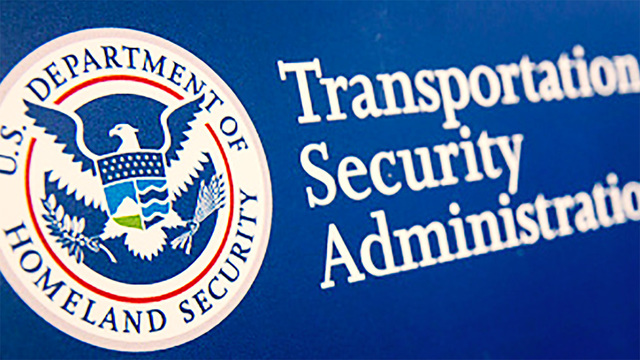 Although it really shouldn’t have surprised anyone, the big business news at the end of last week was the the Department of Justice had opened up a criminal probe of Goldman Sachs well before the filing of the SEC’s lawsuit a couple of weeks ago.
Although it really shouldn’t have surprised anyone, the big business news at the end of last week was the the Department of Justice had opened up a criminal probe of Goldman Sachs well before the filing of the SEC’s lawsuit a couple of weeks ago.
Craig Pirrong provides his typically lucid perspective toward the news, while the Epicurean Dealmaker insightfully notes a dynamic involved in the growing cascade against Goldman Sachs that should concern us all. Interestingly, that dynamic is the same one that was involved in the prosecution to death of former Enron chairman, Ken Lay.
Frankly, after almost a decade of misdirected prosecutions of businesspeople, it’s confounding that many citizens believe that a prosecution of Goldman Sachs would serve any useful public interest.
It is indisputable that government cannot possibly discover or prosecute all business fraud. But government policies that purport to prevent fraud by prosecuting simply prompt private parties to be less careful in detecting or avoiding fraud in the first place.
Moreover, the utter randomness of the criminalization-of-business policy undermines the public’s respect for the rule of law. For example, who can possibly keep up with all the rules that government has invoked in determining whether an important businessperson gets prosecuted for a supposed business crime?
First, there was the Apple Rule, which was quickly followed by the Dell Rule.
Then there was the Buffett Rule, closely followed by the GM Rule.
And who could forget the Geithner Rule?
Frankly, the rule of law has been replaced by what Larry Ribstein has coined the criminalization-of-business lottery where winning or losing becomes random.
For instance, the owners of Long Term Capital Management may have been the earliest winners in the most recent era. On the other hand, Jamie Olis may have been the earliest big loser.
Martha Stewart lost, but at least never lost her business enterprise. Frank Quattrone also lost, but then he won, although I suspect that he believes that he lost overall.
Subsequently, Theodore Sihpol won while Bill Fuhs and his family lost a year of his life before he won, too. But he and his family will never get that year back.
And no one lost bigger than Jeff Skilling.
Meanwhile, although mainstream media darlings Steve Jobs and Warren Buffett won, several of Buffett’s associates did not fare as well. Neither did Greg Reyes.
And who knows about those Lehman Brothers executives — they may be winners, after all? I mean, everyone was doing it, right? But you never know for sure.
Finally, who possibly can justify what Bill Furst has been through?
Just as with a gambling lottery, there is no rhyme or reason as to who wins or loses in the criminalization-of-business lottery.
But in this lottery — which does little or nothing to deter the true business criminals of the world — the losers and their families give up much more than merely money.
A truly civil society would find a better way.









